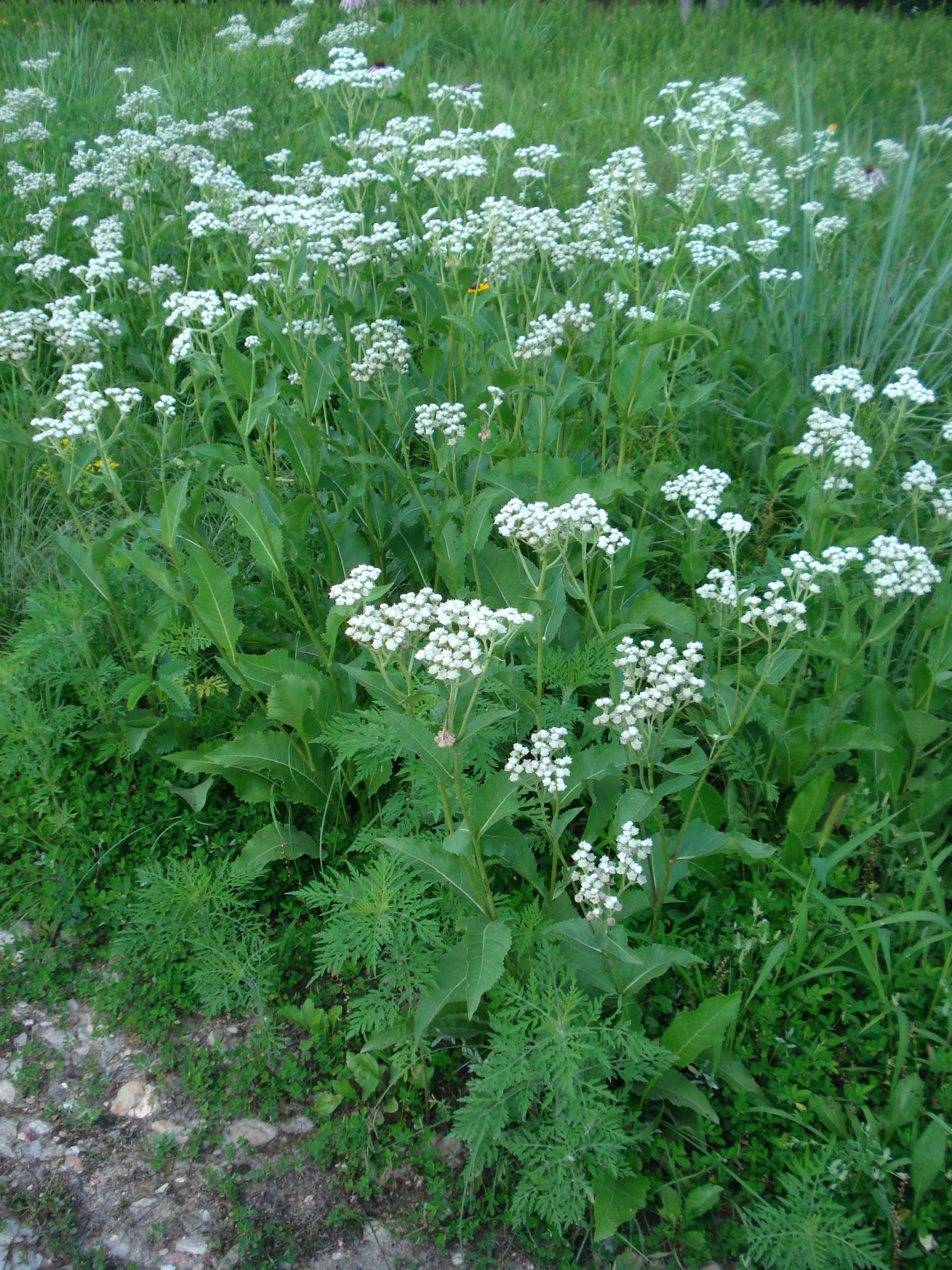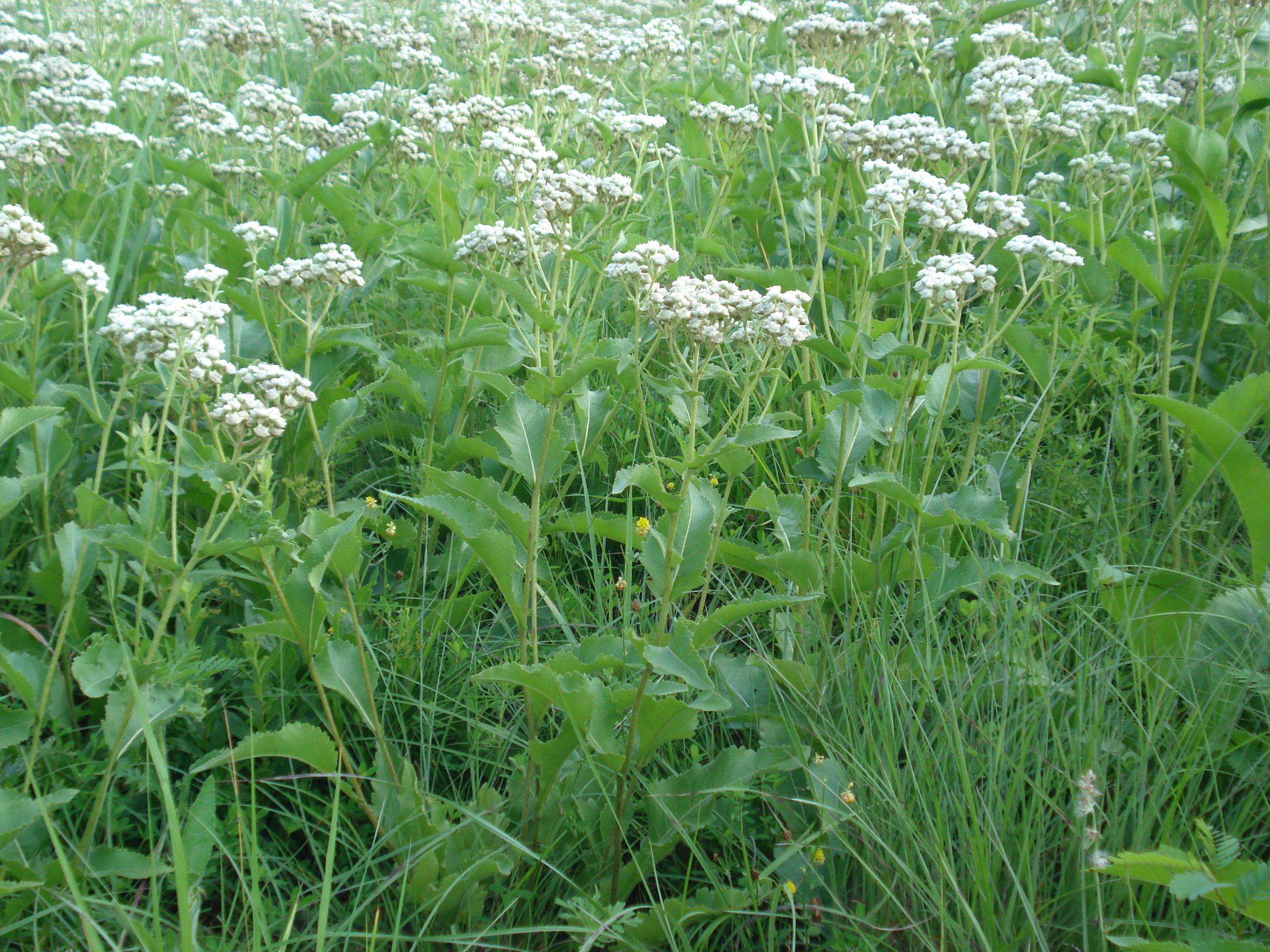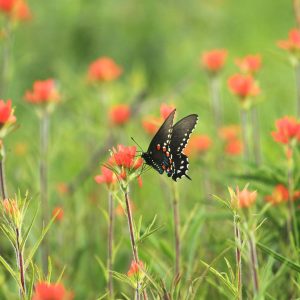Wild Quinine
Parthenium integrifolium
$3.00 – $37.00
For quantity discount pricing, request a quote.
Description
Parthenium integrifolium, also known as Wild Quinine or American Feverfew, is a native perennial forb (wildflower) to the Central and Eastern United States. It is easily grown in mesic to dry soil and can reach heights of 2-4 feet. With a long bloom time, it is good paired with other June and July bloomers.
Wildlife notes
The flowers attract Halictine bees, wasps, flies, beetles, and plant bugs. The beetles usually feed on pollen, while the other insects seek nectar primarily. The fly visitors include Syrphid flies, Tachinid flies, Flesh flies, Muscid flies, Anthomyiid flies, and others. Wasp visitors include Crabronine wasps, Eumenine wasps, Cuckoo wasps, Braconid wasps, and others. Mammalian herbivores appear to ignore this plant as a food source because the leaves are sandpapery in texture and bitter-tasting.
Forage notes
We have observed some grazing of this plant, but there is not a lot of information available to expand on it. Please let us know if you have personal experience.
Landscaping notes
This plant prefers full sun and mesic conditions. However, a small amount of shade is tolerated, and the soil can vary from moist to slightly dry. A fertile loamy soil is preferred, although the presence of some sand or rocky material is tolerated. While established plants are fairly easy to grow, recent transplants can be temperamental. It is important to put the transplants into the ground after danger of hard frost has passed, but before the period of active growth occurs during the late spring and early summer. White blooms make good cut flowers or can be added to dried arrangements. There is no noticeable floral scent. Best in native plant, wild or cottage gardens or as part of a naturalized, meadow or prairie planting. Can be used in borders but is minimally ornamental.
Restoration notes
In high quality habitats, Wild Quinine can be locally common, while in disturbed areas it is uncommon, possibly because of the limited dispersion of its seeds. Habitats include mesic black soil prairies, sand prairies, openings in rocky upland forests, savannas, scrubby barrens, limestone glades, and thickets.
This species is commonly used in the following mixes: Wildlife Chuckwagon Mix, Shadows and Sunbeams Mix, Dry’n Rocky Mix, Butterfly & Hummingbird Mix.
Additional information
| Weight | N/A |
|---|---|
| Unit | Packet, Ounce, Pound |
| Light | Full Sun to Part Shade |
| Seeding Rate | 12 bulk lbs/acre |
| Soils | Dry, Average |
| Height | 18"-24" |
| Bloom Month | Jun, Jul |
| Color | White |
| Specialty Uses | Wildlife, Landscaping, Medicinal |
| Cattle Palatability | Good |
| # seeds/pkt | 200 |
| Packet coverage area | 5 sq. ft |





